The world has changed a lot in recent decades. Our society is now virtually unrecognizable from the one our parents grew up in. We have phones like supercomputers that fit comfortably in our pockets; search engines that know answers to almost any question we ask them; and the ability to communicate with pretty much anyone in the world, in real time, for little to no cost.
And, to power all of these activities and much more, we have the technology to harness clean, renewable energy — to protect our climate and our health, and provide people with good, green jobs in the process.
What Exactly Is Renewable Energy?
Renewable energy (also known as alternative energy or clean energy) refers to the energy coming from natural sources or processes that replenish themselves over time.
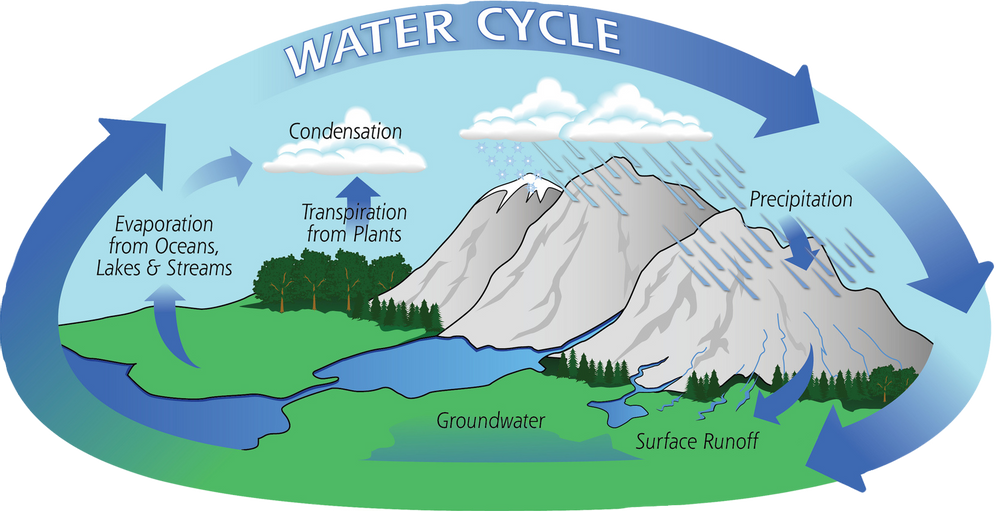
Natural elements like sunlight, wind, and water cannot run out since they’re essential to heating & cooling our climate and keeping the biosphere in balance. They’re part of Earth’s self-correcting feedback loop system — pretty awesome, right?
The fact that renewable energy sources can self-regenerate is what makes them stand apart from fossil fuels — coal, oil, and “natural” gas — which are finite resources.
But let’s be sure not to gloss over a key point that’s often missed in the story of renewables: the construction of wind turbines, solar farms, etc. still require the mining of rare Earth minerals, which are not themselves renewable. That’s why continuing to support energy efficiency and low-impact clean energy, like nuclear, is so critical.
Why Do We Need More Renewables?
Currently, only about one-eighth of the United States’ total energy consumption comes from renewable energy. That number is growing, but fossil fuels still account for around 80% of total US energy consumption, and even grew by four percent in 2018.
F,ossil Fuel Energy Production is Not Sustainable
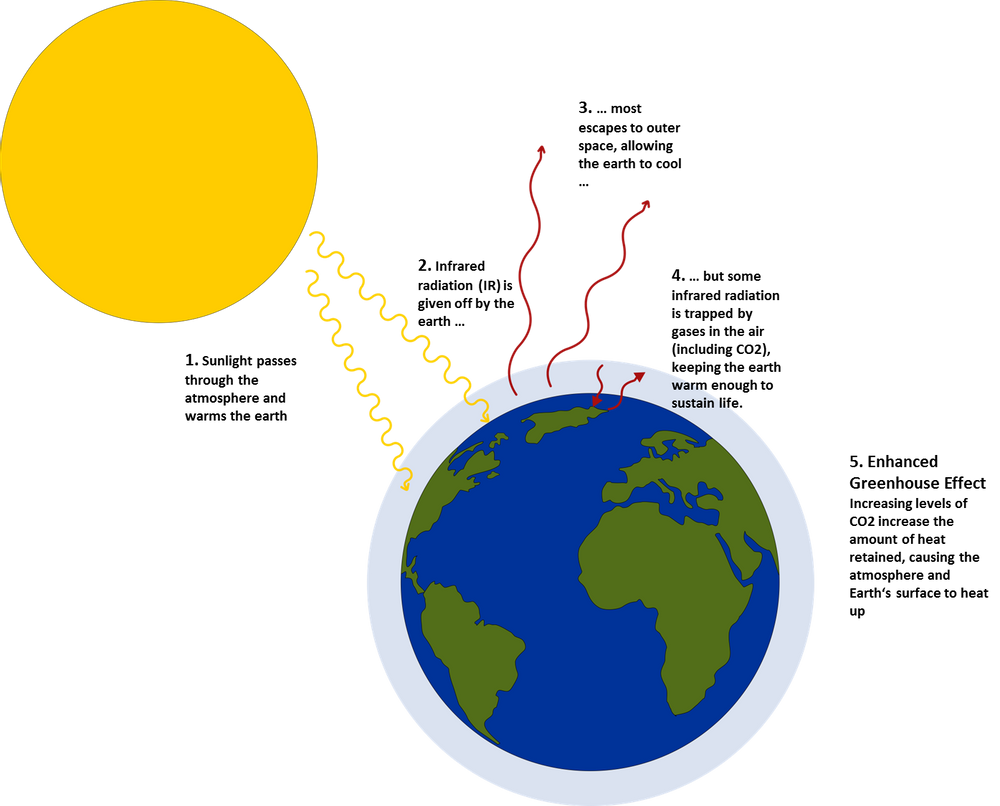
Since the Industrial Revolution around 150 years ago, the vast majority of society’s energy has come from fossil fuels. Producing electricity this way emits greenhouse gases like carbon dioxide and methane. In low doses, these naturally-occurring gases have helped regulate our Earth’s climate and keep it livable for most species. But today, they’re in such excess and trapping so much heat that our climate is changing in a multitude of dangerous ways.
Only recently have we really ramped up fossil fuel energy production: over half of our historical industrial emissions have come in just in the last thirty years or so, even as renewables have grown more and more competitive. The US has played a central role in it all; we’ve emitted more CO2 than any other country to date, making our single nation responsible for one-quarter of the world’s total historical emissions.
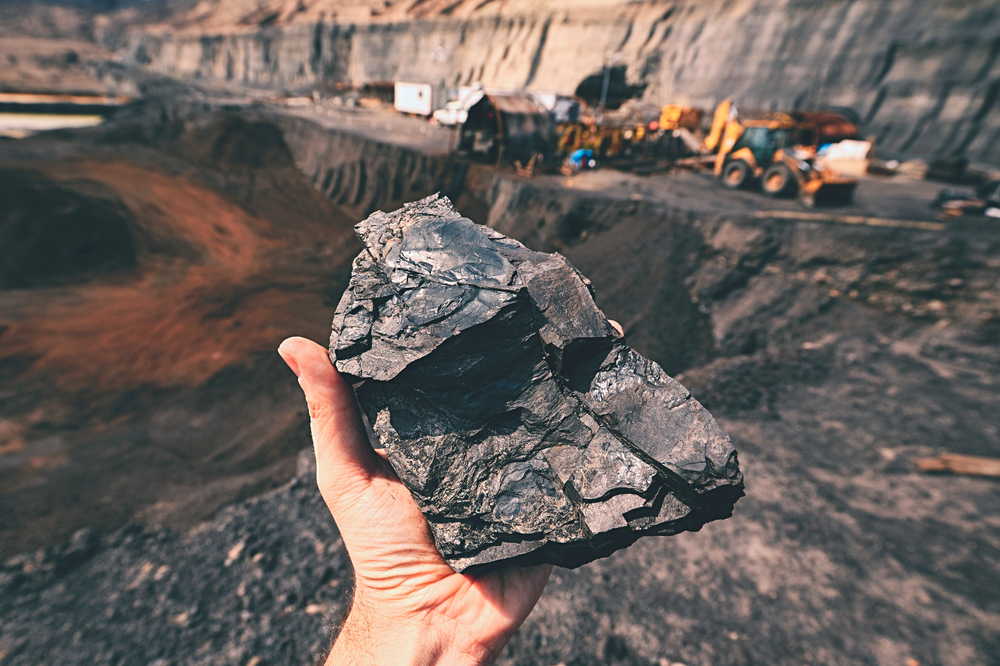
C,oal, oil, and “natural” gas exist in limited quantities beneath our planet’s surface. Extracting them is highly destructive to the Earth; burning them pollutes our air and ,messes up our climate., Pipeline leaks, oil spills, and plastic waste, poison our water and wildlife, destroying the biodiversity, that makes our planet robust and healthy.
It is beyond time to make a swift, just transition from fossil fuels to more renewable energy.
Access to Clean, Reliable Energy is a Human Right
The energy transition becomes even more urgent when we consider the fact that human civilization’s demand for energy is only going to keep growing. As more and more countries develop urban infrastructure, people’s standard of living goes up, along with their consumption of goods, services, and energy. In fact, the US Energy Information Administration projects that by 2050, the world’s energy consumption will increase by 50% (and that’s a modest estimate).

When people can access energy, that usually means they’ve reached a standard of living that allows them to pursue educational and economic opportunities that raise quality of life for them and their children, breaking intergenerational cycles of poverty. In order to elevate the world to shared prosperity, companies and governments must invest in renewable energy for every community that wants it.
Needless to say, getting there will be tricky. Fossil fuel consumption is so ingrained in everything we do — even using a screen to read this article — that it’s practically a driving force of our culture. The good news is, not only does renewable energy make sense from a human rights perspective, it also continues to grow more technologically efficient and cost-effective.
What Are the Benefits of Renewable Energy?
As global society continues to meet energy needs through fossil fuels, many of us have probably heard that renewable energy is a better choice. But why is that, exactly?
Here’s the low-down: Producing energy using renewables not only means less pollution — it can be also more energy-efficient, and creates more, higher-wage jobs!
1. Renewables Don’t Pollute Like Fossil Fuels Do
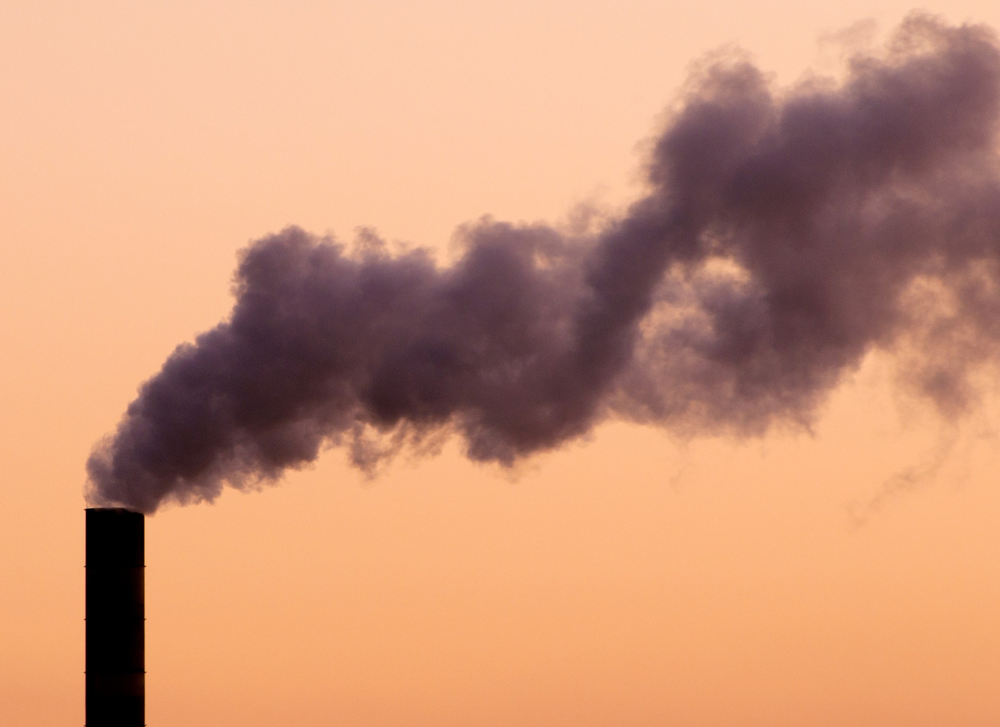
Coal-fired power stations spew out toxic chemicals into the air, and when people in nearby communities regularly breathe that air, they develop serious health complications. And since coal contains traces of uranium and thorium, burning it actually puts out more radioactivity into the environment than any nuclear power plant does.
The coal industry alone is estimated to cost the US public healthcare system hundreds of billions of dollars every year. Air pollution — much of which comes from fossil fuels — can even cause early death; in fact, it’s the fourth-highest risk factor for death globally.
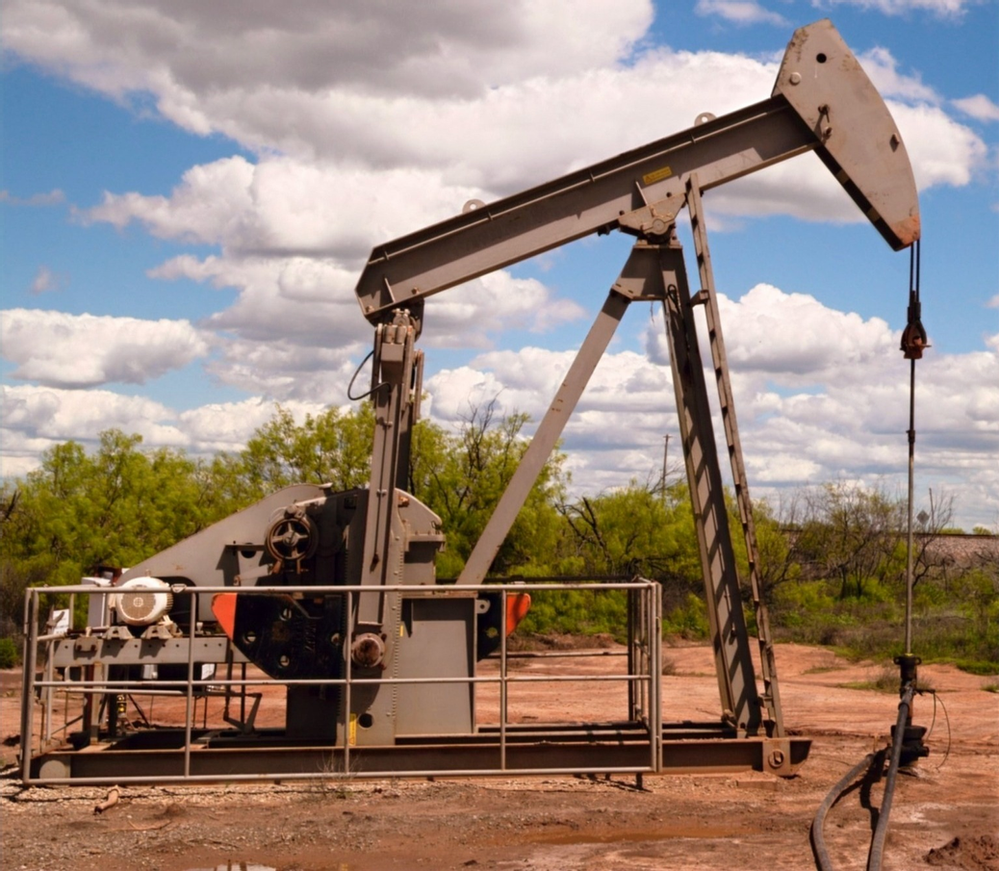
“Natural” gas is no better. It’s often touted as the “bridge” between dirty coal and renewables, but it can be just as polluting and harmful as other fossil fuels. Spills and leaks happen all the time, and the methane that’s released can end up being worse for our climate than carbon dioxide.
Hydraulic fracturing, or “fracking” — the process of extracting gas from deep underground, where aquifers are — often contaminates the air and water in nearby communities, causing chronic illness and poor quality of life. These areas where fracking and other industrial extraction & waste occur tend to be home to low-income people and/or people of color — demonstrating how energy has always been, and will continue to be, an issue of environmental justice.
2. Renewable Energy Production Is Pretty Efficient
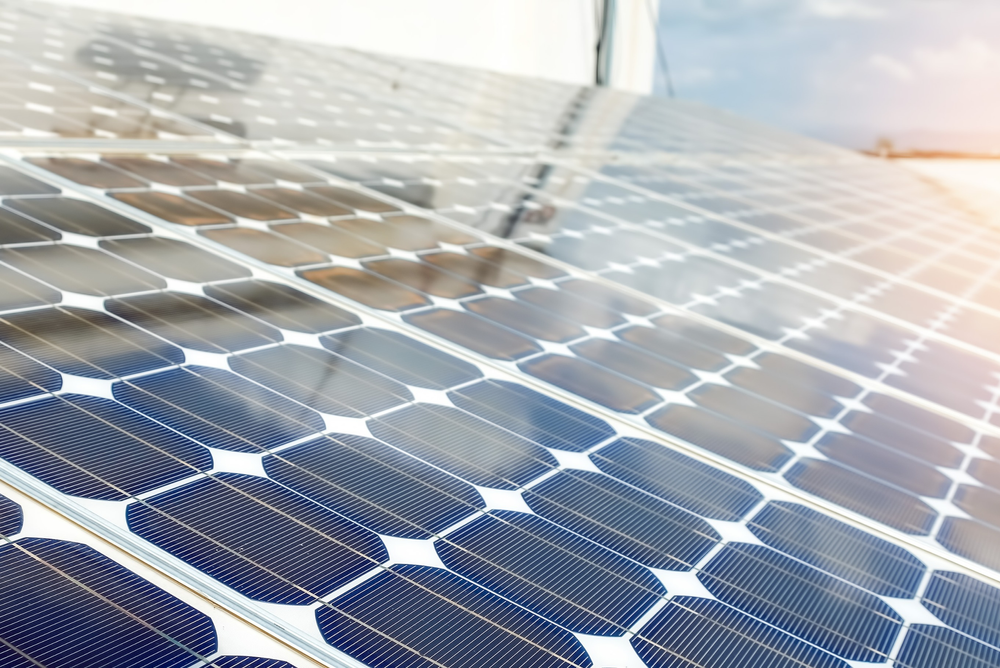
Recent innovations by the US Department of Energy’s Office of Energy Efficiency & Renewable Energy have developed solar towers that convert electricity at 70% efficiency, nearly double the efficiency of fossil fuel energy production. The Office has also helped lower the cost of solar cells by about 75% in the last 10 years.
Currently, the most efficient form of renewable energy is wind power, followed by geothermal, hydro, and solar power. Advancements continue to be made to make renewables even more efficient!
,3. The Renewable Industry Creates Good, Green Jobs
A common argument against renewable energy is that getting rid of fossil fuels would sacrifice the livelihoods of working-class Americans whose jobs are in those industries. But the renewable energy industry has a proven track record as a job creator!
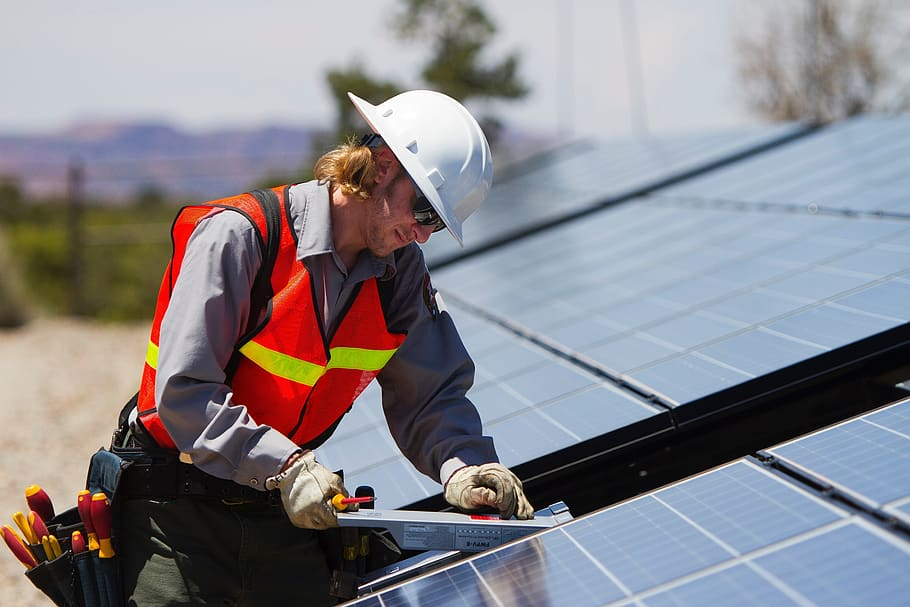
In 2019, renewable energy jobs accounted for more than 40 percent of the United States’ entire energy workforce (even as renewables account for only about 12% of our total electricity production). Solar industry jobs are steadily increasing year over year, and more often than not, they pay significantly higher wages than their fossil fuel counterparts.
What Are the Main Renewable Energy Sources?
Solar Power
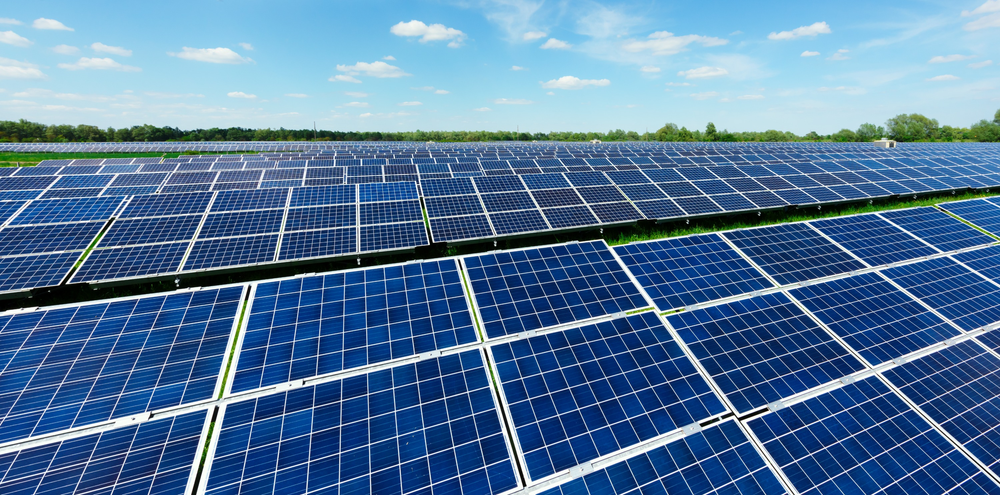
Solar is one of the fastest-growing sources of electricity. As of 2019, about 585,000 megawatts of solar electricity is produced worldwide, with 62,300 of that coming from the US. By 2050, solar power is expected to make up at least half of our renewable energy portfolio.
So, how do we convert the energy from the sun into electricity? Solar panels contain photovoltaic cells, which are made of silicon, a semiconductor. When the sunlight hits the silicon, it activates the silicon’s electrons, creating an electrical current (the “photovoltaic effect”). A solar inverter then converts that electricity into alternating-current (AC) electricity, like the kind we use to power electronics.
Some cool statistics about solar power:
- Solar panel costs have fallen by 99% since 1977. At this point, solar is cheaper than diesel, coal, and nuclear power.
- California is the country’s leader in solar power. The Golden State has the most solar power installations, and at just over 14%, gets more of its energy from solar power than any other state.
- To get 100% of our electricity from solar, only about half a percent of all the land in the US would be needed for solar farms.
Hydroelectricity
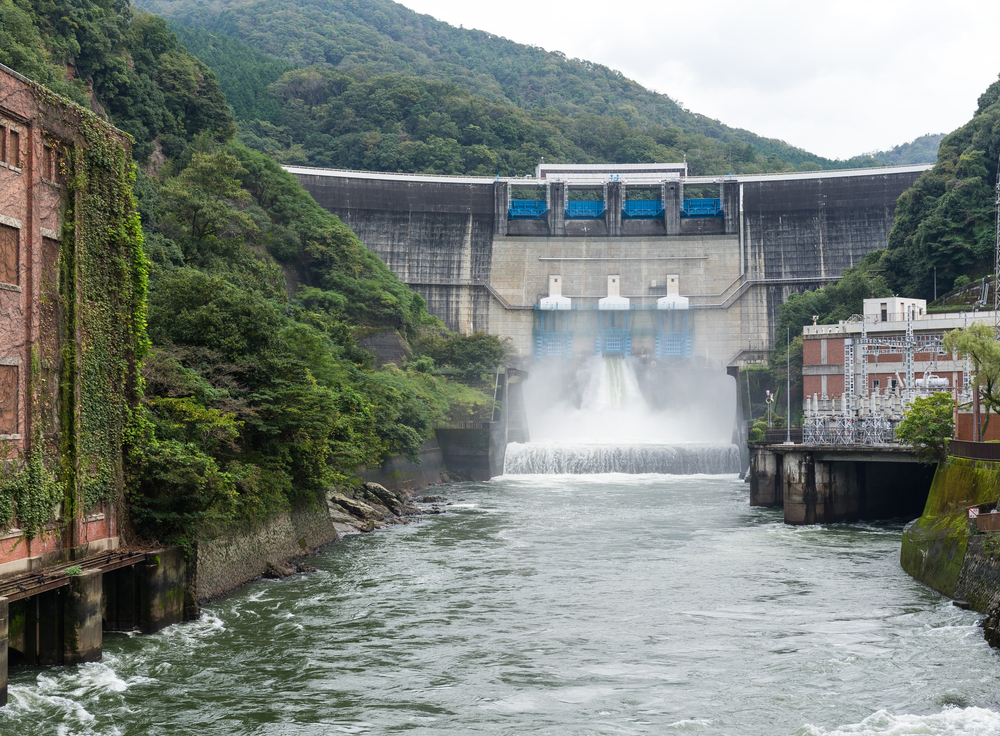
Hydroelectricity, or hydropower, is the most commonly used source of renewable energy. It’s also the oldest: human civilization has used hydropower in mills, dams, and reservoirs for thousands of years, as far back as ancient Greece. Hydro harnesses the kinetic energy created by flowing water to spin a turbine, which powers a motor, generating electricity.
But here’s the not-so-fun fact about hydro: often, large dams and reservoirs disrupt critical habitats for river wildlife — like salmon, for example, which need to be able to swim upstream in order to spawn. And when water isn’t allowed to flow, its dissolved oxygen content goes way down, harming the organisms in these aquatic ecosystems who rely on it to “breathe”.
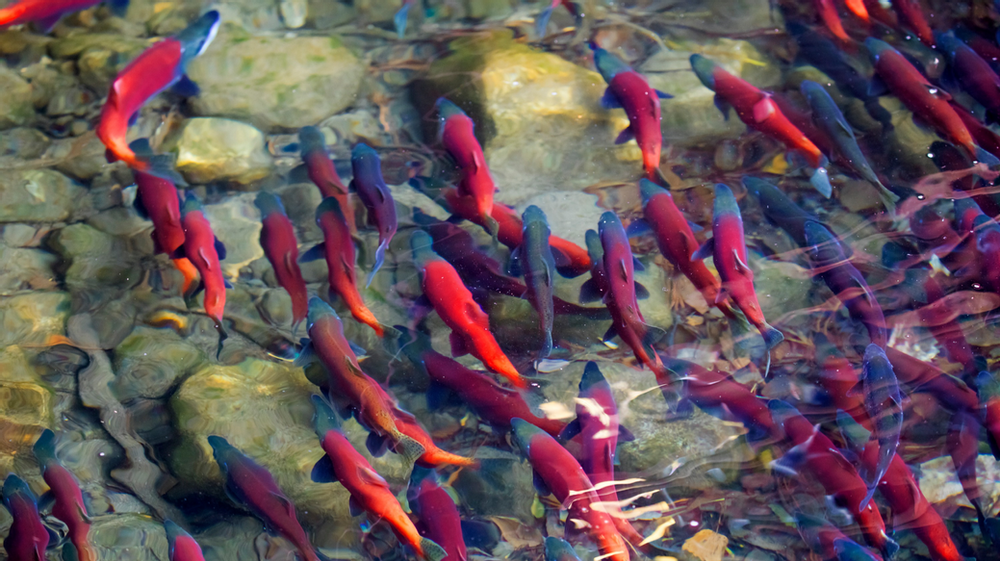
Small hydro projects are becoming more popular since they can promote co-existence between wildlife and humans. We can get clean, reliable energy at the same time as protecting the many life forms that make our waterways healthy and robust.
Wind Energy
Wind is the world’s fastest-growing source of renewable energy, and is growing at an exponential rate. It operates on many of the same principles that hydropower does. Energy is created when wind blows past a windmill turbine. The turbines rotate, turning the kinetic energy into mechanical energy. That rotation powers an internal shaft, which powers a generator, generating electricity.
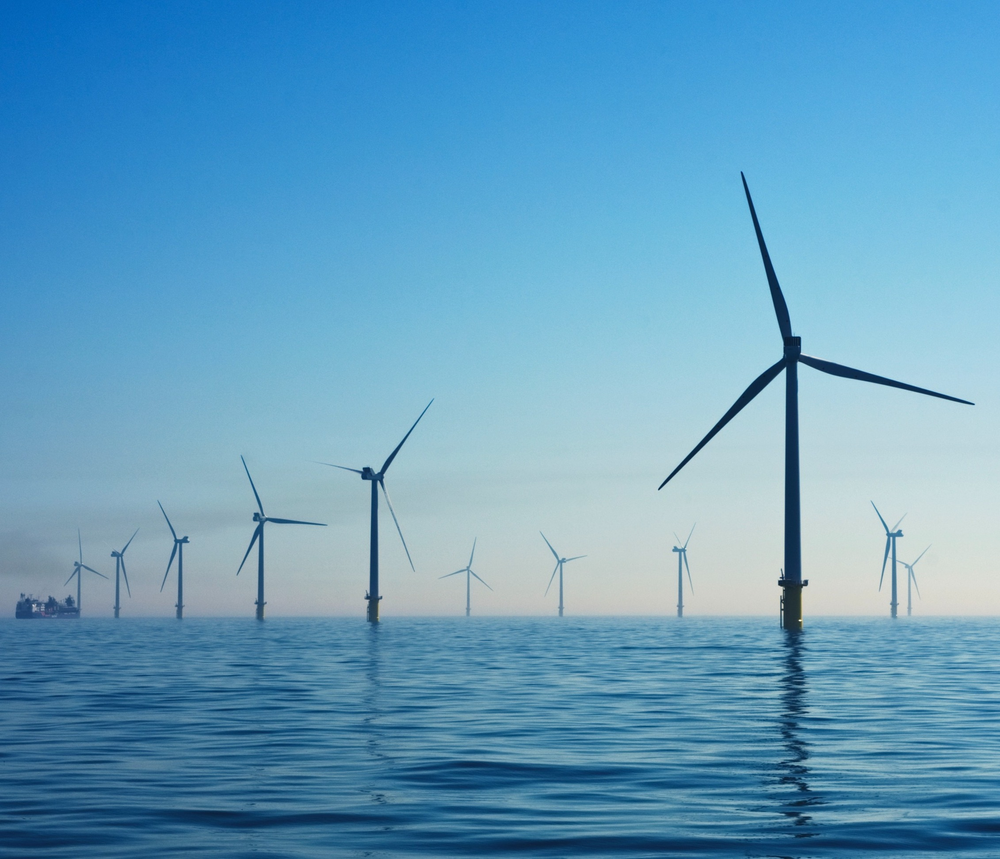
Some fun facts about wind energy:
- In 2019, installations around the globe shot up almost 20% from the year prior, as the second-best year for wind historically.
- Wind energy is also very affordable. In fact, it’s one of the cheapest sources of electricity around, costing only one to two cents per kilowatt-hour.
Renewable energy is one piece of the puzzle for solving climate change. Want to learn more about climate solutions and sustainability? Check out our list of recommended climate documentaries and shows, or add some of our recommended books to your reading list.
